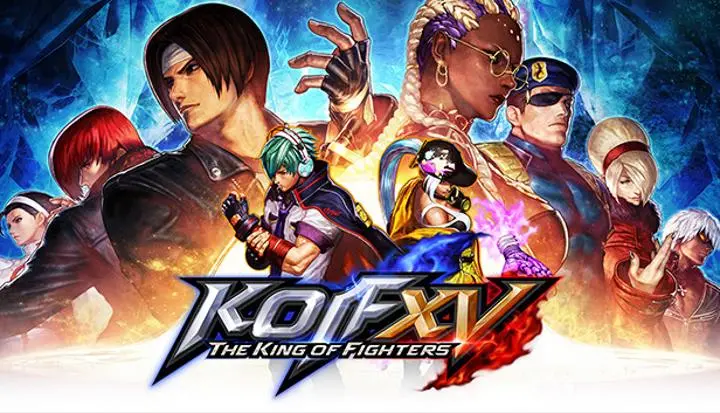The King of Fighters is not simply a video game series; it represents a cultural phenomenon that has captivated the hearts of fans around the globe. Created by SNK, this renowned franchise first emerged in 1994, setting the stage for a battle royale among iconic characters from various SNK games. Over the years, The King of Fighters has evolved, introducing new characters, mechanics, and storylines, all while maintaining its core identity as an exhilarating fighting game. This blog post will delve deeply into the rich history, Nohu90 gameplay mechanics, character development, and cultural significance of The King of Fighters, offering a comprehensive exploration of this beloved franchise.
Origins of The King of Fighters
Understanding the origins of The King of Fighters provides vital context to its evolution into a global phenomenon. The franchise’s inception was driven by SNK’s ambition to create a crossover fighting game that brought together various characters from their previous titles, including Fatal Fury, Art of Fighting, and more. This idea not only expanded the universe but also introduced fans to the intricate narratives woven within each character’s backstory.
The initial game was launched in the midst of a fierce competition between gaming companies, and it quickly gained popularity due to its innovative gameplay and unique character roster. Unlike traditional one-on-one fighting games, The King of Fighters featured a team-based system where players could select a trio of fighters, allowing for strategic combinations and dynamic battles.
The Development Journey
SNK faced numerous challenges in the early stages of developing The King of Fighters. The company had to balance character representation with gameplay mechanics, ensuring that each fighter felt distinct yet cohesive within a team format. The decision to use teams of three added layers of strategy and encouraged players to think beyond direct combat.
Each installment in the series built upon the last, with developers consistently refining mechanics and expanding the lore. For instance, subsequent games improved graphic fidelity and animation quality, which was vital during the 90s when aesthetics played a significant role in attracting players. The commitment to detail in character design and move sets became a hallmark of the franchise, showcasing the talents of artists and programmers alike.
Character Roster and Diversity
One of the most compelling aspects of The King of Fighters is its diverse array of characters. Players can engage with a multitude of fighters, each possessing unique abilities, backgrounds, and fighting styles. This diversity not only makes for engaging gameplay but also appeals to a broad audience, as fans can find characters they resonate with on multiple levels.
